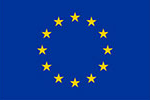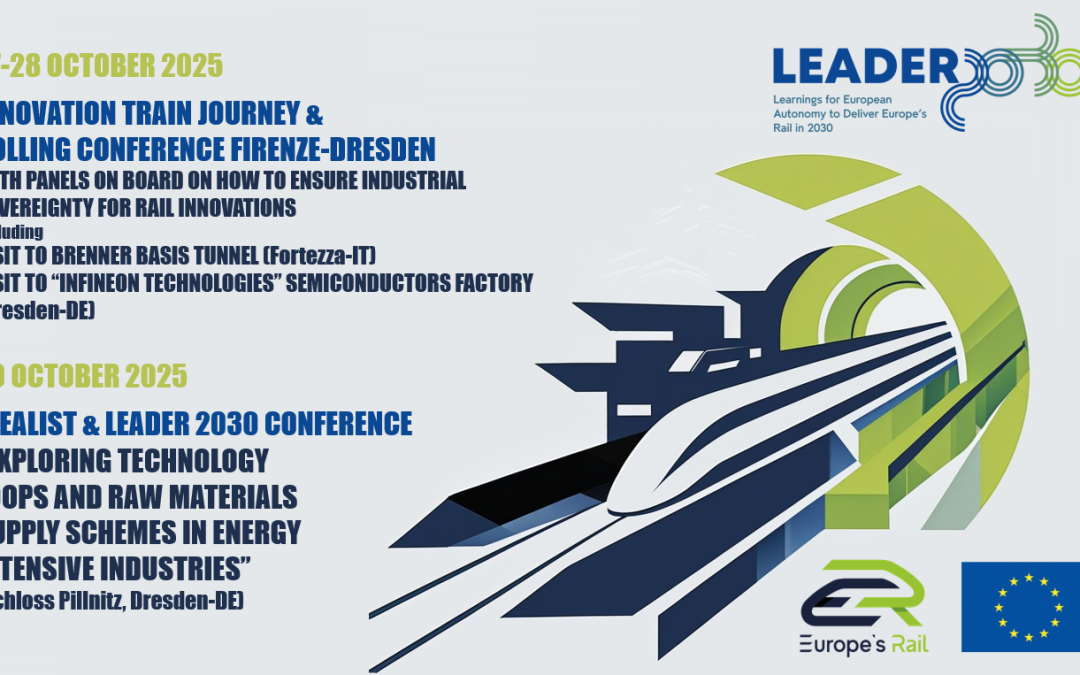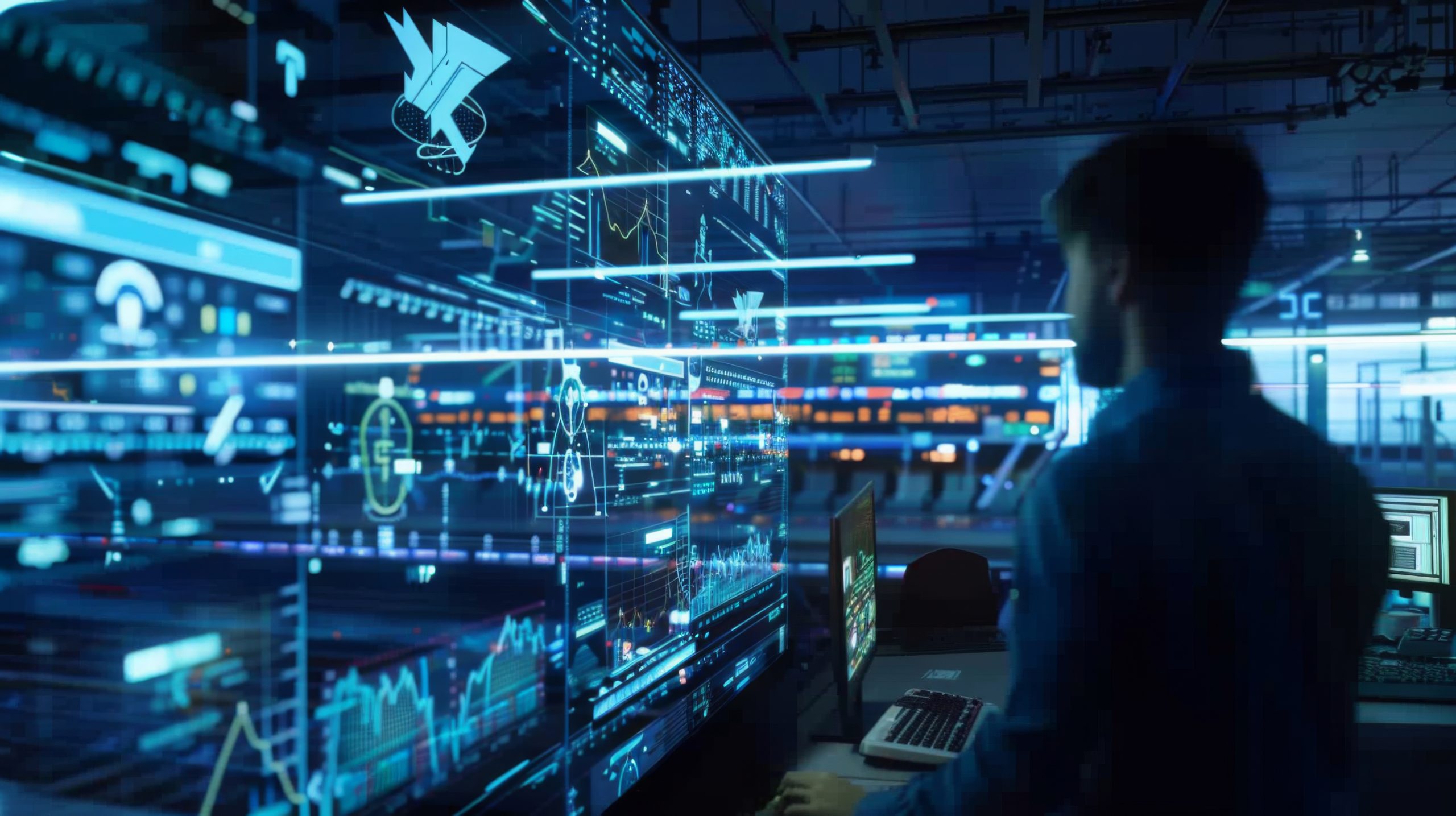How can we build on the progress made so far to make rail travel truly accessible, affordable and reliable for...
TE06 Enabler 6

Work Packages
Currently available work packages:
WP05 Automation Processes Use Cases and User Requirements
The goal of this work package is to identify already specified functions, use cases, user requirements or operational scenarios that must be considered in the rail automation processes (e.g., from S2R). Especially, items should be linked with components (e.g., ATO, ATP, TCMS, APM) and operational scenarios (e.g., Urban, Passenger, Freight). Based on input from the System Pillar, the definition of use cases, user requirements and operational parameters and scenarios must be consolidated, analysed, and extended. The purpose of the WP is to capture the current rail operator behaviour, high level user requirements and use those to design the automation system.
WP06 Automation Processes Specifications
WP6 will focus on the specification generation for the four technical enablers involved in Automation Processes. It involves taking the deliverables of the WP5 and performing a thorough Safety & Hazard Analysis to ensure all considerations are made in WP7 for a safe operation in ATO mode. Based on the analysis, this WP will define and develop an architecture and a system specification for the technical enablers. This work package addresses the evolution of DATO in railway and tramway sectors from a rolling stock perspective; by using outcomes from WP5 ensuring the harmonisation with other FP(s) and System Pillar.
WP08 Safety Analysis & Risk Assessment
The objective of WP8 is to centrally cover aspects of safety in the Automation Processes subproject. This activity requires close cooperation with System Pillar and the System Coherence (WP3). It covers the five Technical Enablers (Automating functions, ATO technologies, Perception & Data Factory and Remote Driving, and the activities carried out in previous Shift2Rail projects, such as X2Rail series of projects and TAURO will be considered as a relevant baseline.
WP11 Prototype development of perception system
This Work Package will focus on the detailed design, development, and validation of the Perception system (TE-06) defined in the Perception Architecture and System Specification up to TRL4/5. The scope shall also include the interfaces between the Perception System and its dependent technical enablers. At the validation side of the V-model, the interface testing will require coordination with the various technical enablers.
WP38 Automatic Stabling, Shunting, and Non-commercial runs Demonstrator
The objectives of the demonstrator are testing the performance of the technical enabler(s) incorporated in the demonstrator, providing feedback to the TE-developer, in order to improve the functioning of the TE, or to enhance/improve/modify the specifications and performing measurements to show the improvement of the new (sub)system over the existing system, to contribute to the realisation of the KPIs defined in the call.
WP39 ATO over ERTMS demonstration on mainline
Mainline, is here defined as the most complex kind of operations in a network, mostly around large nodes that can’t be demonstrated in full service by 2026. Therefore, modelling ATO and its operational concept as well the linkage of TMS to ATO dynamically anticipating in these complex nodes will be developed, tested and designed. Furthermore, showing the relevant advantages deriving from the synergy between the digital automatic train operation up to GoA 4 and the CCS evolution, increasing the capacity and punctuality of railway lines, by enabling ETCS L3 moving block with minimum infrastructure elements.
WP42 Tramway autonomous movements in depot demonstrator
Identify use cases to be implemented in the second demonstrator, development, implementation, and validation through a specific demonstrator in Oslo. The objective of this third work package is to implement an AUTONOMOUS MOVEMENTS demonstrator up to TRL6.
WP43 Freight Demonstrator
To allow a smooth deployment of GoA 4 technology with different possible technological solutions, the systems need to be tested in real conditions in a demonstrator. The freight demonstrator will be equipped with sub-systems studied in the Technical Enablers. Tests will be performed, enhancing autonomous freight train operations.
WP46 Regional line demonstrations
The main objective of this WP is to provide the bridge between FP2-R2DATO and FA6 demonstrations by supporting validation and testing of technical enablers in regional line environment before they are handed over to FA6 for further adaptation and integration. The improved CCS and automation functions will be the main technologies tested and validated, building on the activities already performed in the scope of Shift2Rail ATO (up to GoA4) tests (the very same line and vehicle). Further, the line will be used to support development process of technical enablers, even on lower TRL levels, due to simplified operational environment and flexible demonstrations planning (no regular commercial service, the line fully dedicated to tests) and approval process. Minimal set of technical enablers needed:
- Automating functions
- ATO
- Perception systems
- Digital register
- Absolute safe-train positioning
Public Deliverables
Currently available deliverables:
All deliverables, results and publications herewith provided reflects only the author's view and the EURAIL is not responsible for any use that may be made of the information it contains.

















